Today hedges are being used as a strong design element in classic and contemporary spaces alike. Here are six good reasons to grow hedges in your garden
Protection from the elements
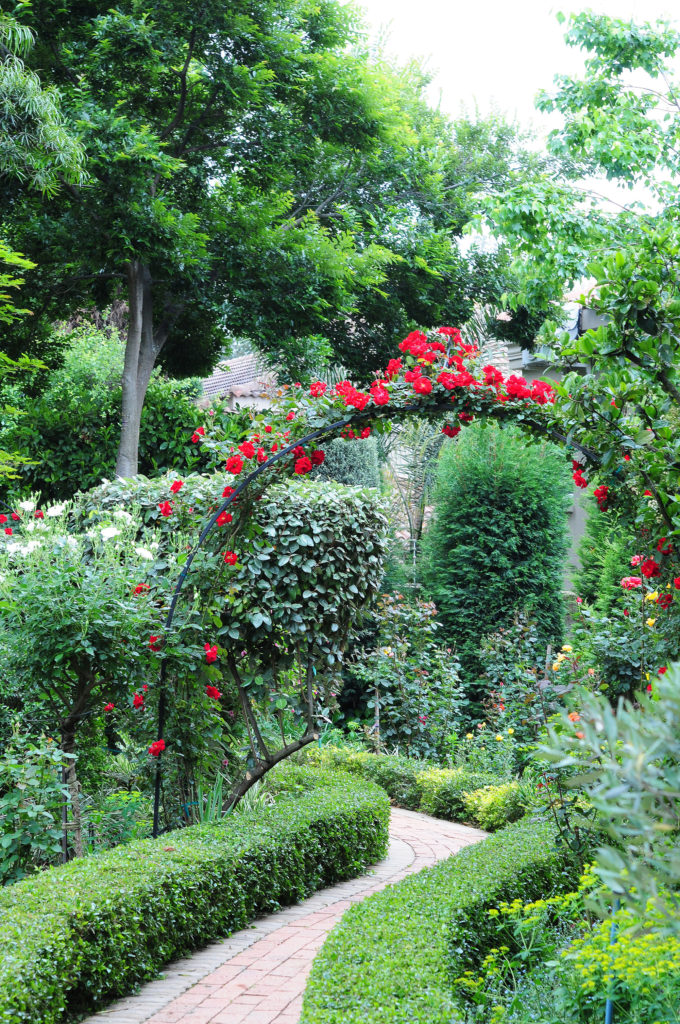
Low Abelia grandiflora and A. ‘Francis Mason’ hedges emphasise the natural curve of the pathway in this Johannesburg garden.
In the absence of garden walls, high formal or informal hedges can protect tender plants like duranta or a kikuyu lawn from frost and black frost. If you live in a windy area or at the coast, plant a tall hedge to shield your outdoor living spaces from unpleasant gales.
Defining your garden’s design
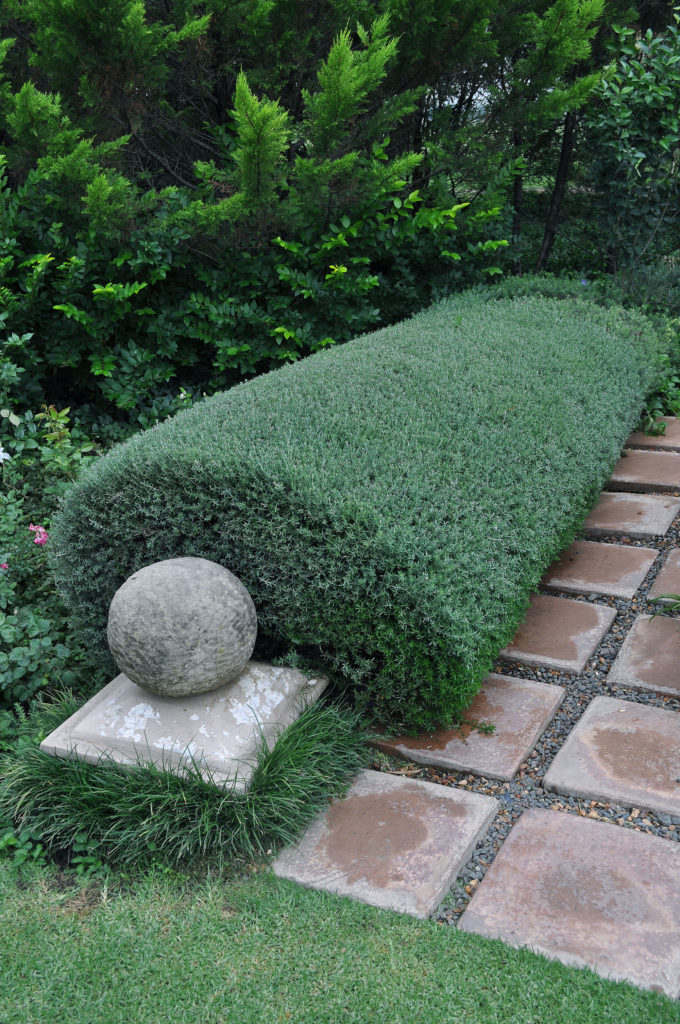
In the garden of the Andes Clarens Guest Farm, Philna Naudé rounded off the westringea hedge.
Low-growing hedges (anything from 30cm tall to hip height) can be used to highlight the outlines of pathways and flower and herb beds, accentuating the garden’s design. To make the most impact, work with contrasting colours. The beautiful lime green of Abelia ‘Francis Mason’ will make a statement against red and bright pink floribunda roses, fuchsia pink gaura and dark blue agapanthus. The dark emerald green of boxwood (buxus) hedges will show off white ‘Iceberg’ roses and soft pink and white hydrangeas.
Screening unsightly features
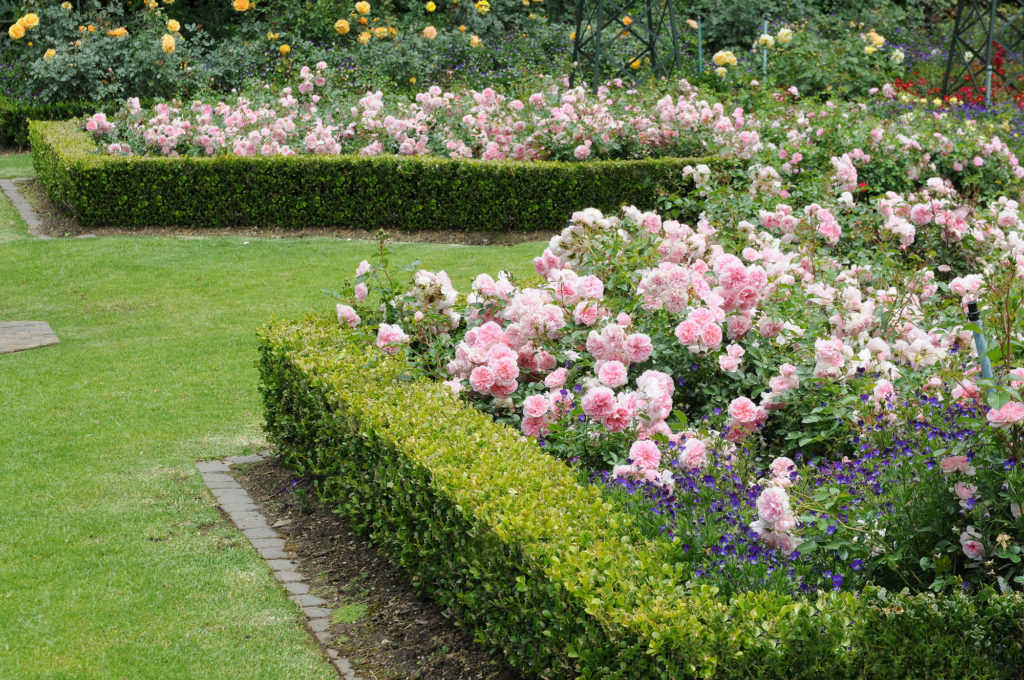
Boxwood (buxus) is a popular choice for hedges; here it’s been used to frame beds of ‘My Granny’ roses.
Low hedges hide the naked stems of rose bushes very effectively, while taller hedges can be used to screen your compost heap, washing line or an unattractive wall. For the latter, try indigenous plumbago, which has the added advantage of having blue, deep sky blue or white flowers. Other tall options include English laurel, bay trees, hibiscus, abelia, boxwood, red robin, Viburnum tinus (a good option for coastal gardens), duranta and berberis.
Security barriers
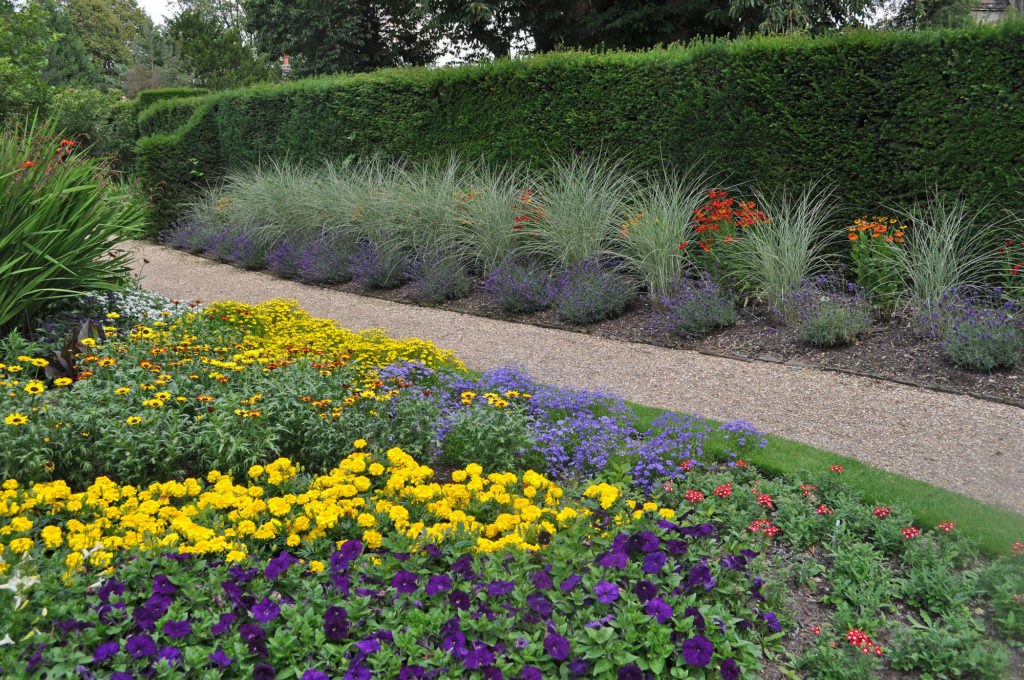
Yew hedges make lovely backdrops to mixed beds, but they are slow-growing.
A perimeter hedge makes a protective barrier against intruders. Use thorny heritage roses like the Macartney rose (Rosa bracteata), which is the only evergreen variety, or shrubs like berberis and the big num-num (Carissa macrocarpa) with its long thorns, pretty white flowers and attractive red, edible fruit. The latter can withstand salt-laden winds at the coast.
Attracting birds
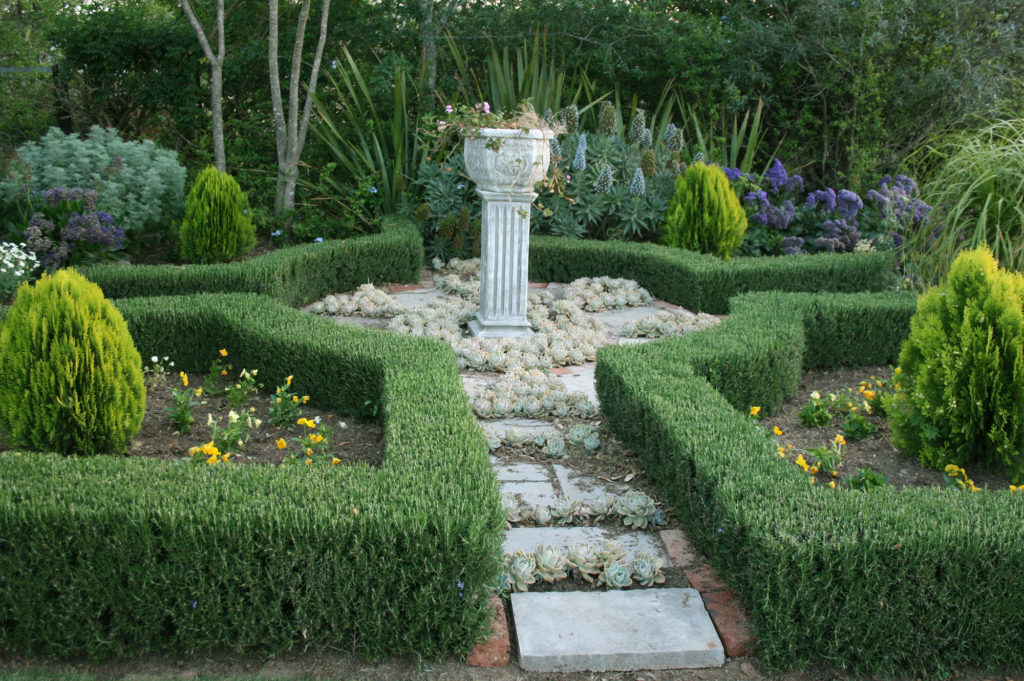
In Nellie van Aardt’s garden, rosemary was used to create a fragrant edging. This aromatic, fast-growing shrub benefits from regular clipping.
Green-minded gardeners can plant hedges that double as bird ‘buffets’ or ‘hotels’. Plants with berries like hawthorn will provide food, others like plumbago create a dense nesting site; you can even place bird feeders and birdbaths within the hedge to encourage your feathered friends to take up residence.
Clearing the air
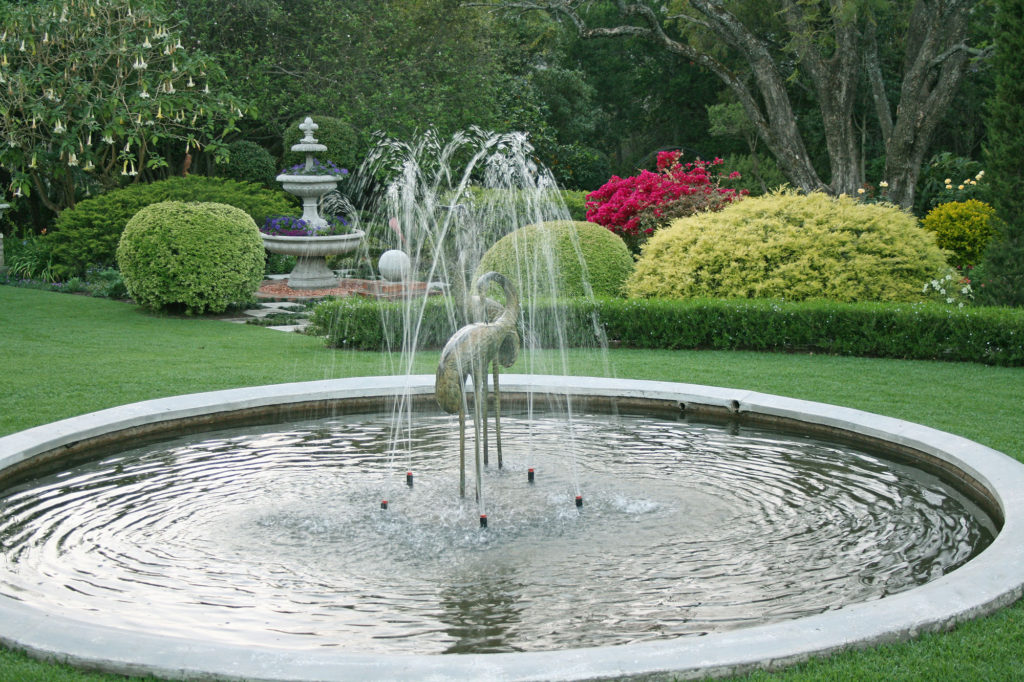
A low hedge of indigenous freylinia, which has tiny flowers that attract beneficial bees, has been used to edge this bed of taller clipped bushes.
The pork bush or spekboom, Portulacaria afra, which grows 3–5m tall, absorbs carbon from the atmosphere, making it the ideal eco-friendly plant to use as a hedge along a driveway or on a verge.
